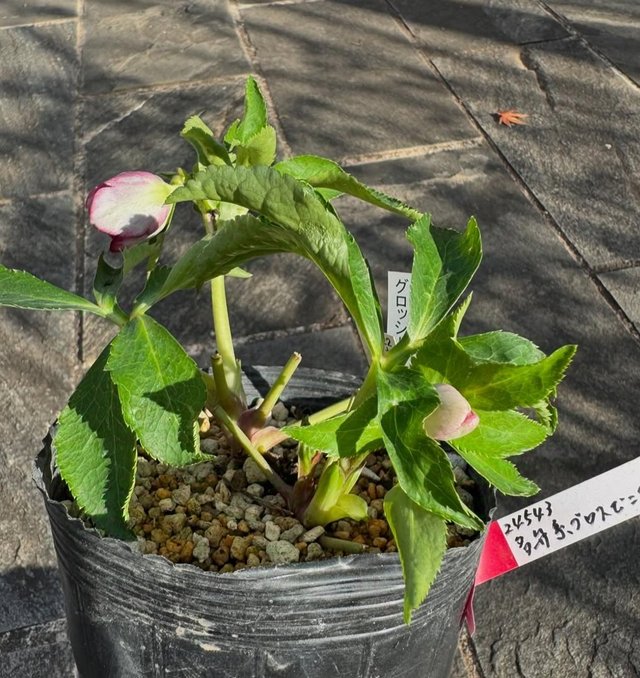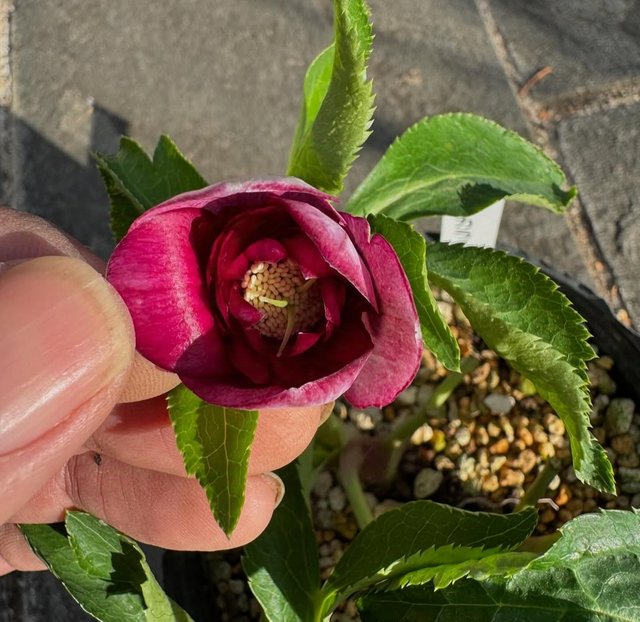So Beautiful Hellebore Flower
Hellebore: A Winter Jewel in the Garden
Hellebores, often referred to as Christmas or Lenten roses, are among the most enchanting and resilient plants in the botanical world. Belonging to the genus Helleborus within the Ranunculaceae family, these perennial beauties are treasured for their ability to bloom in the coldest months, bringing life and color to otherwise dreary winter gardens. With their rich history, fascinating biology, and wide horticultural appeal, hellebores have earned their place as a staple in gardens worldwide.
Origins and History
Hellebores are native to Europe and parts of Asia, thriving in mountainous regions and woodland settings. Their history is steeped in folklore and medicinal use. In ancient Greece, hellebores were believed to possess magical and healing properties. Legend has it that Melampus, a Greek seer, used hellebore to cure the daughters of King Proetus of madness. However, caution is advised, as all parts of the hellebore plant are toxic if ingested, a trait that has made them both feared and revered.
The name "Christmas rose" is linked to the species Helleborus niger, which can bloom as early as December in milder climates. The "Lenten rose," typically Helleborus orientalis and its hybrids, flowers closer to late winter and early spring, aligning with the Lenten season in the Christian calendar.
Botanical Characteristics
Hellebores are evergreen or semi-evergreen perennials with leathery, deeply lobed leaves that provide year-round structure in the garden. Their flowers, though often mistaken for true blooms, are actually sepals that protect the plant's tiny, nectar-producing flowers nestled within. This unique adaptation allows hellebore "flowers" to last for weeks, sometimes months, before fading.
The color palette of hellebores is as diverse as it is captivating. Shades range from pristine whites and soft pinks to deep purples, burgundy, greens, and even near-black hues. Many cultivars feature intricate patterns, such as speckling, veining, or picotee edges. Some hybrid varieties, like the "doubles," boast multiple layers of sepals, adding an extra dimension of beauty.
Cultivation and Care
Hellebores are prized for their adaptability and ease of care. They thrive in USDA hardiness zones 4–9, making them suitable for a wide range of climates. Here's a guide to growing and maintaining these winter wonders:
Soil: Hellebores prefer well-draining, humus-rich soil with a slightly alkaline to neutral pH. Adding organic matter, such as compost or leaf mold, improves soil quality and supports healthy growth.
Light: They flourish in partial to full shade, mimicking their native woodland habitats. While they tolerate full sun in cooler climates, afternoon shade is essential in hotter regions to prevent leaf scorch.
Watering: Hellebores are drought-tolerant once established, but they benefit from consistent moisture, especially during their active growth and blooming season in late winter to early spring.




